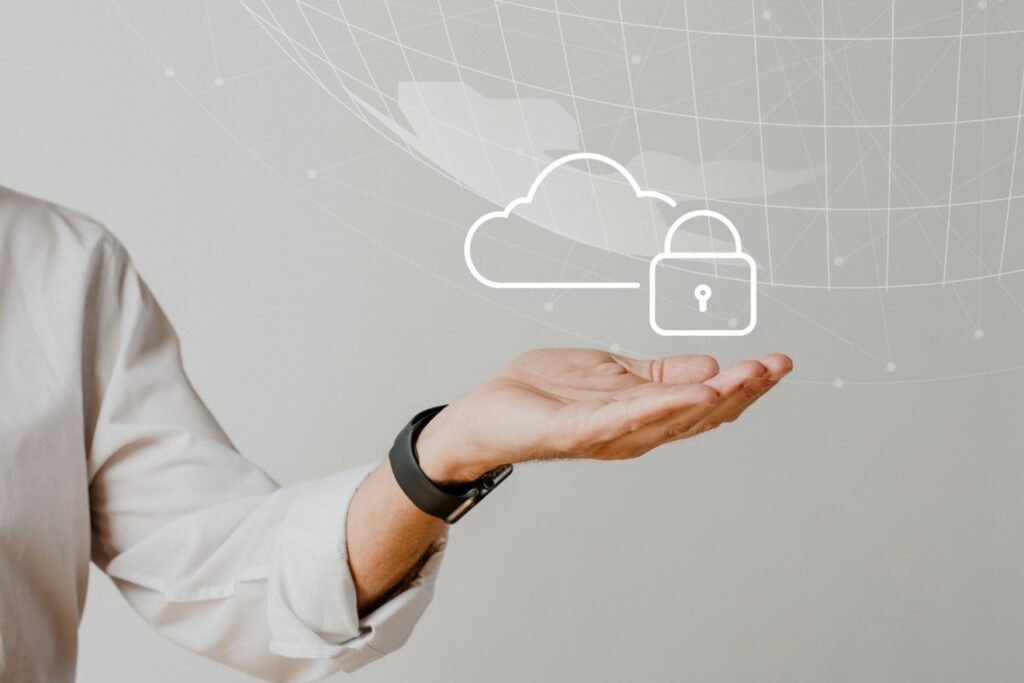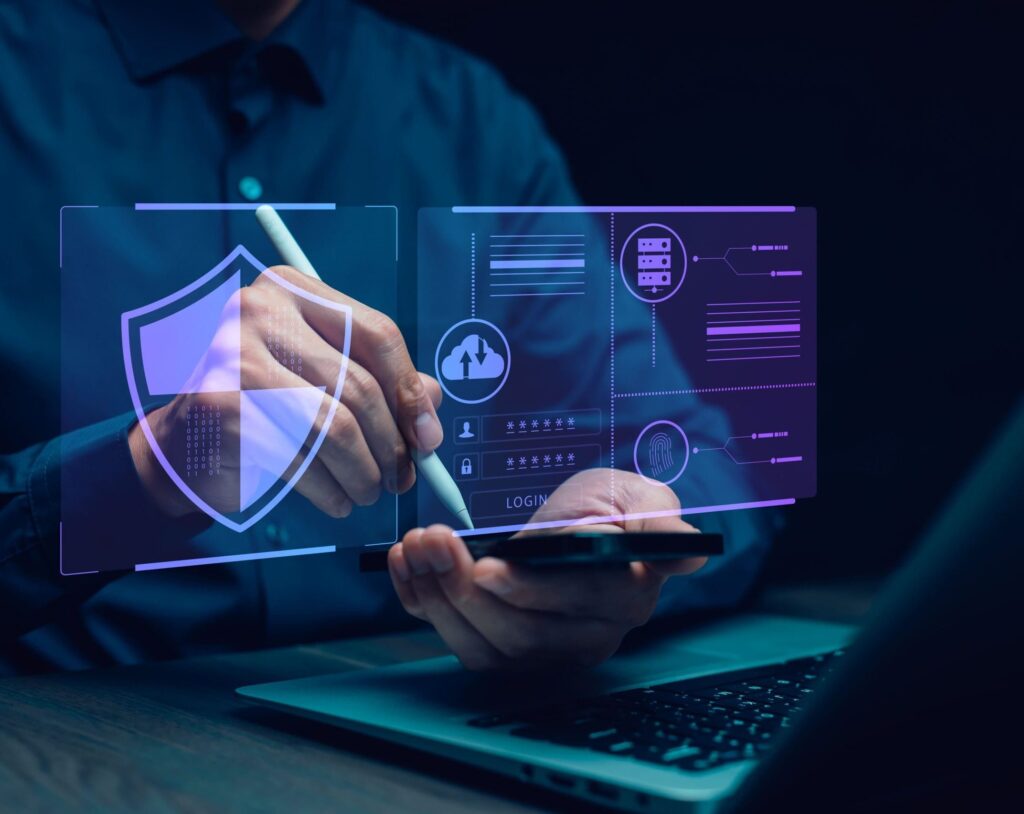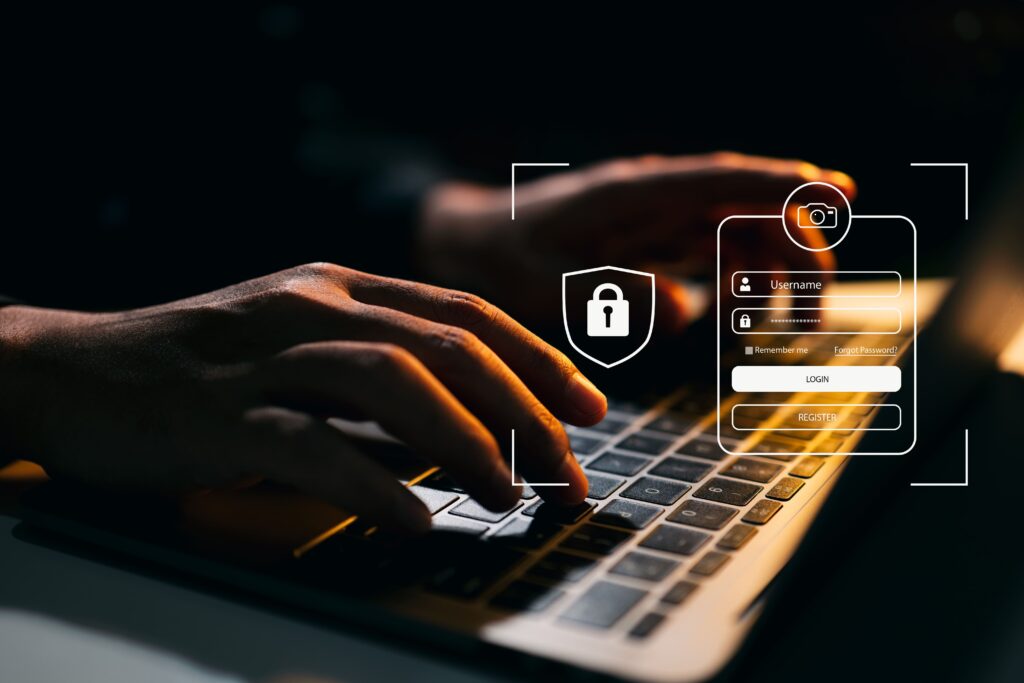The Essential Guide to Security Compliance for Your Business
In today’s world, data is a vital asset for businesses. You use it to understand your customers, make better decisions, and grow. But with this valuable data comes a big responsibility. Whether you are running a website, mobile app, or software, it’s important to make sure your platform is safe and follows privacy laws. This guide explains the biggest security risks and privacy regulations in simple terms, so you can better understand how to protect your business and keep your customers’ trust.

Part 1: What is the OWASP Top Ten?
The OWASP Top Ten is a list of the most serious security risks that businesses face online. It’s like a list of the biggest threats to your business’s digital systems. If you understand these risks, you can take steps to avoid them.
Why Should You Care?
If you don’t address these risks, hackers can use them to steal sensitive information, interrupt your business, or damage your reputation. This can lead to expensive problems, including losing customers and getting sued.


Regulations (GDPR & HIPAA)
big fines. Check our blog for further details about GDPR Compliance
Privacy ensures that you use data in the right way, following laws and respecting customers’ rights. Both are important to protect your business and keep customers’ trust. Best Practices for Following OWASP, GDPR, and HIPAA
1.Encrypt Data
Use strong passwords and authentication methods.

avoid problems that could disrupt your business operations.
compliance with HIPAA can result in fines ranging from $100 to $50,000 per violation, depending on the severity and intent.